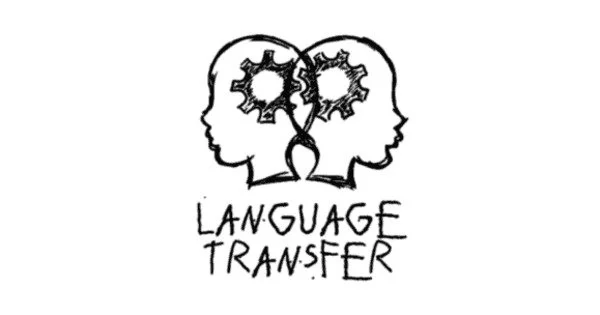The application of linguistic traits from one language to another by a bilingual or multilingual speaker is known as language transfer. It refers to how one’s original language influences the learning and usage of a second language (L2). It can express itself in a variety of ways, affecting the learner’s pronunciation, grammar, vocabulary, and overall language ability in the target language.
Language transfer can occur across both languages when learning a simultaneous bilingual, from a mature speaker’s primary language (L1) to a second language (L2) they are learning, or from an L2 back to the L1. Depending on how it appears, it can have both beneficial and negative consequences on language development.
Language transfer (also known as L1 interference, linguistic interference, and crosslinguistic influence) is most commonly discussed in the context of English language learning and teaching, but it can occur in any situation where someone does not have native-level command of a language, such as when translating into a second language.
Here are some key points to understand about language transfer:
- Positive Transfer: Language transfer can be useful in some situations. If the learner’s native language has similarities with the target language, such as similar grammar structures or vocabulary, the learning process will be aided. A Spanish speaker studying Italian, for example, may find it easier to learn Italian due to parallels in vocabulary and grammar.
- Negative Transfer (Interference): Negative transfer, often known as interference, on the other hand, can stymie language learning. This happens when the learner’s native language has characteristics that differ from the target language. As a result of applying the rules of their native language to the target language, the learner may make mistakes in pronunciation, grammar, or word choice.
- Common Examples: Mispronunciations, word order problems, tense and aspect issues, and the inappropriate usage of idiomatic expressions or colloquialisms from the native language are all examples of language transfer.
- Awareness and Overcoming Transfer: Language learners should be aware of the potential discrepancies between their native language and the target language in order to prevent negative transfer. They can benefit from specific training on these distinctions as well. Transfer errors can be reduced through practice, exposure, and feedback from native or proficient speakers of the target language.
- Individual Variation: The extent to which language transfer affects a learner depends on a variety of factors, including age, language proficiency, the linguistic distance between the native and target languages, and the amount of exposure to the target language.
Educators frequently address language transfer in language education by recognizing typical transfer problems and giving tailored instruction and practice to help learners overcome these challenges. Creating a friendly and immersive language learning environment can also motivate learners to improve their skill in the target language and reduce the impact of language transfer.
















